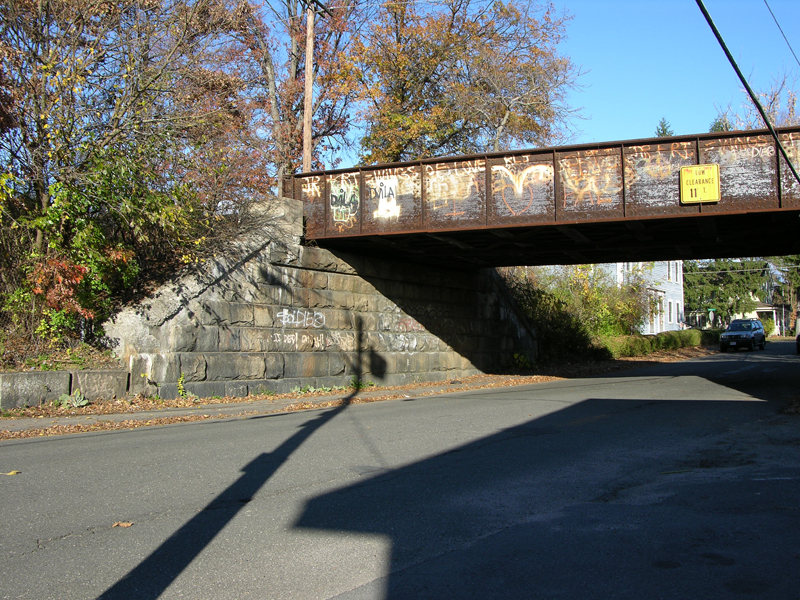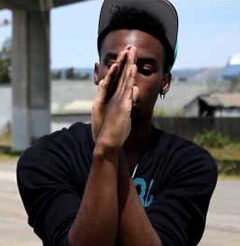Turf History
Turf dance was invented in the 1990's in Oakland, California. Turf is an acronym for "Taking Up Room on the Floor" coined by one of its originators Jeriel Bey. Turf was influenced by the Oakland Boogaloo movement of the 1960's. It was a way for different turfs or blocks to describe who they are and how they differentiate themselves from others.
Turfers stress the use of optical illusions, storytelling, miming and personal style. It is an improvisational dance with some use of established moves. Turf incorporates the standard dance steps of Popping and Locking.
How Dancers Move
Turfing, Popping and Locking included visual storytelling through dance. Dancers would illustrate topics like love and loss, origin and activities, animal mimicking, and body form illusions. A dancer's style includes elements of their personality. They imagine or heighten certain characteristics of themselves.
It can start with just how you like to move. Rigid, flexible, aggressive or smooth and fluid. Dancers create moves by looking at outside influences. They can take inspiration from other styles of dance and experiment with ways to incorporate them into their routine.
Turf stressed presenting your body using many different angles with all of your limbs. Body waves concentrated on moving your body in fluid motions mimicking water. Some dancers imagine an orb of energy moving through their body. They picture the orb reacting to their muscles, causing the dancer to pop or contract their muscles as the orb glides along different surfaces of the body. The energy is transferred through joints as well.
Flexing is a derivative style of Turf that incorporates contortionism. Flexers use new combinations of angle displaying with limbs.
What's Happening
In 2005 Oakland's "Architeckz" battled Krump dancers from Los Angeles.


